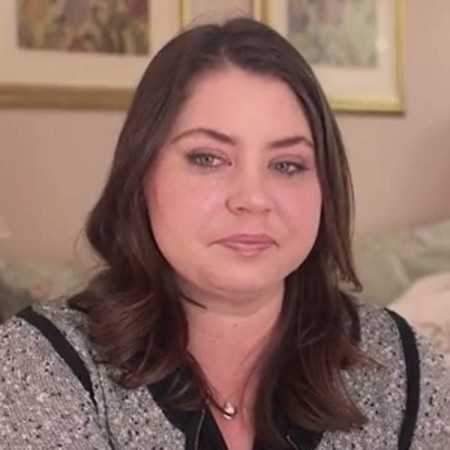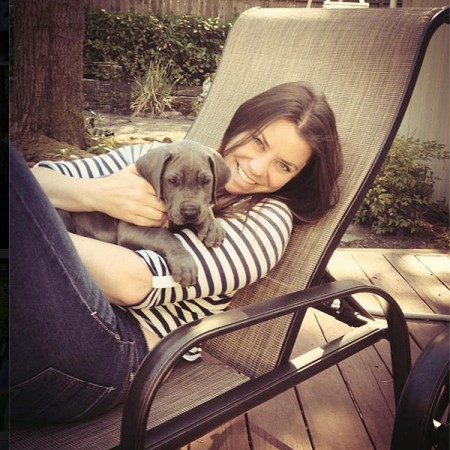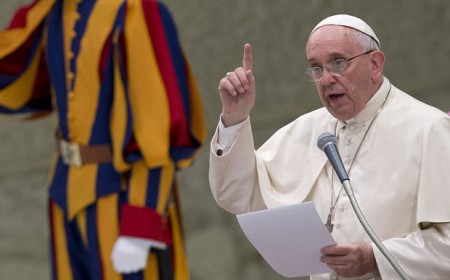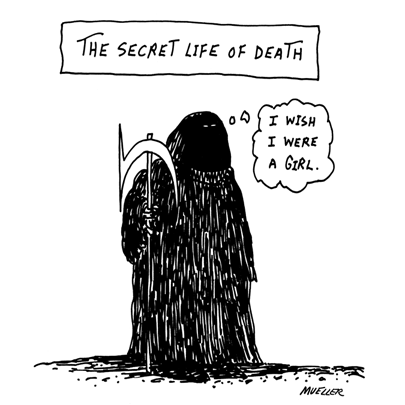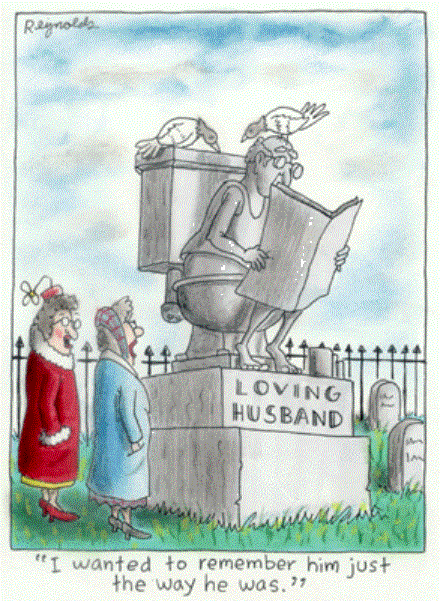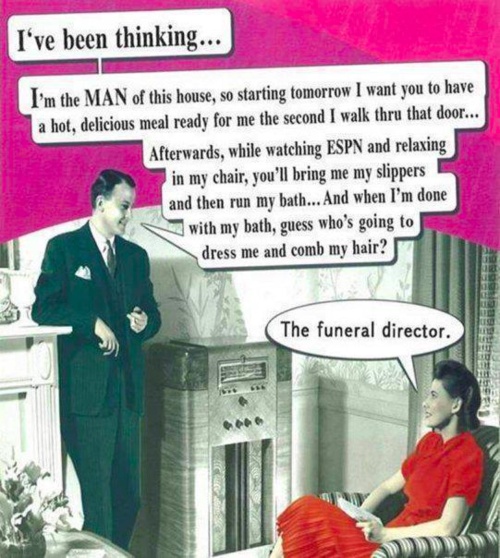by Kelly Stewart
Brittany Maynard died earlier this month.
Diagnosed with incurable brain cancer at 29 and given six months to live, Maynard relocated to Oregon to take advantage of the state’s death with dignity law. The law permits “mentally competent, terminally ill patients with a prognosis of six months or less to live” to access, as Maynard describes it, “the medical practice of aid in dying.”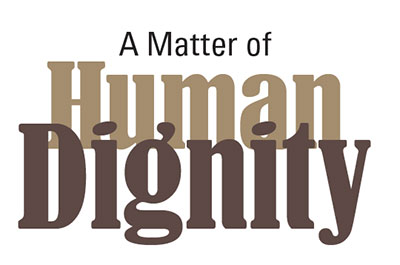
Maynard became an advocate and public face for the death with dignity movement. In an opinion piece for CNN and a widely viewed video, she describes the severity of her physical and emotional suffering, the comfort of knowing she can “end [her] dying process if it becomes unbearable,” and the importance of making that option available to people without the “flexibility, resources and time” that allowed her and her husband to relocate.
“Consistent life” Catholics have been some of Maynard’s most fervent critics. Pope Francis didn’t mention her by name but denounced the “false sense of compassion” that motivates death with dignity and abortion rights laws. Various other Catholic responses have characterized her death as evidence of the cheapening of human life; an act that denies the dying person’s responsibility to others; an affront to the dignity of dying people; or even a “slippery slope” that leads to eugenics and genocide. And consistently, Maynard’s Catholic and other Christian critics have appealed to the redemptive value of suffering.
Michael Sean Winters’ blog post “Brittany Maynard’s Suffering” is representative. He writes: “Christians must reclaim the ability to embrace suffering.” He offers a few caveats: We shouldn’t be masochists, and we should work to alleviate some forms of suffering, especially “those varieties of suffering in which we are complicit.” Still, he insists, “in the face of some experiences of suffering, we must never lose sight of the need to embrace it.”
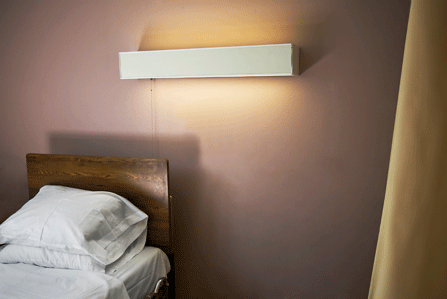 For Winters, Maynard’s decision is fundamentally about a refusal to embrace suffering as meaningful — and, therefore, a refusal to acknowledge human finitude, vulnerability, and radical dependence on God. He characterizes this as a U.S. cultural as well as a generational problem. Children and young adults today, he suggests, have been sheltered from the raw experiences of pain and loss that accustomed earlier generations to the inevitability of suffering and instilled respect for its spiritual value.
For Winters, Maynard’s decision is fundamentally about a refusal to embrace suffering as meaningful — and, therefore, a refusal to acknowledge human finitude, vulnerability, and radical dependence on God. He characterizes this as a U.S. cultural as well as a generational problem. Children and young adults today, he suggests, have been sheltered from the raw experiences of pain and loss that accustomed earlier generations to the inevitability of suffering and instilled respect for its spiritual value.
Cathy Lynn Grossman’s blog post for Religion News Service “Does Suffering Have Spiritual Meaning?” takes a similar approach. Like Winters, Grossman frames the death with dignity question in terms of a spiritual vs. secular divide. The religious voices she includes in her article all oppose right-to-die laws: a Baptist woman whose teenage daughter has brain cancer, Popes Benedict XVI and John Paul II, and Jesuit Fr. Kevin Fitzgerald.
“When can we say that the potential to grow or overcome or bear that suffering, that potential which made that suffering meaningful, is gone forever?” she quotes Fitzgerald as saying. “Why do we think someone is enlightened enough to know their suffering is not redemptive?”
Grossman does not, however, spend much time on Maynard’s moral reasoning. Instead, she frames Maynard’s decision as a secular, perhaps youthful abandonment of serious reflection on suffering.
“Her choice to die,” Grossman writes, “may reinforce to many — particularly religiously-disengaged millennials — that spiritual meaning, like suffering, is up to you.”
Readings these responses, I have been struck by how tenaciously Maynard’s critics avoid engaging her actual arguments and how little detail they offer in support of their own positions.
They write moving personal reflections on the deaths of loved ones. They offer general tributes to the relationship between love and vulnerability and suffering. They incorporate a few laments about secularism and young adults. But their discussions of Maynard, the death with dignity movement, and even their own theologies of suffering seem to remain at a general level.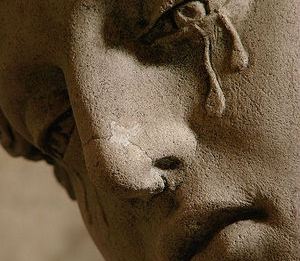
That’s a problem, because when we discuss a concept whose history is as ugly as that of “redemptive suffering,” it is irresponsible to be vague. When we discuss the Christian meaning of suffering, it is irresponsible to ignore decades of feminist, womanist, and postcolonial work on the problems with its valorization in Christian theology. And when an actual suffering and dying person tells us, “This is more than I can bear,” it is irresponsible and cruel to respond that she couldn’t possibly know that.
Before she died on Nov. 1, Brittany Maynard made a case for the right of terminally ill people to end their suffering quickly. She argued that no one else could say when her suffering became intolerable, when her life became unlivable, when her dignity was diminished, or how she was to face her painful and untimely death.
If you read her arguments, listen carefully to her experiences of illness, and maintain — from a position of relative health and safety — that Maynard should nonetheless have embraced her suffering as a redemptive experience, please be careful, suspicious of yourself, and painstakingly detailed in how you make that case.
Under what conditions is suffering redemptive? By what criteria do you distinguish suffering that should be alleviated from suffering that should be embraced? When should your theology of suffering be imposed on people who do not understand their suffering as redemptive? What are the consequences of doing that? What are the consequences of not doing that? Is the embrace of suffering as “countercultural” for others as it is for you? And how do you know you’re right?
These sorts of questions should guide discussions of Brittany Maynard’s death and activism. And they should make us very cautious about finding grace in someone else’s suffering.
Complete Article HERE!


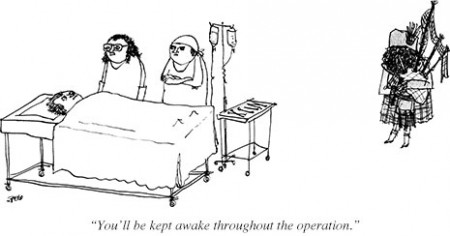
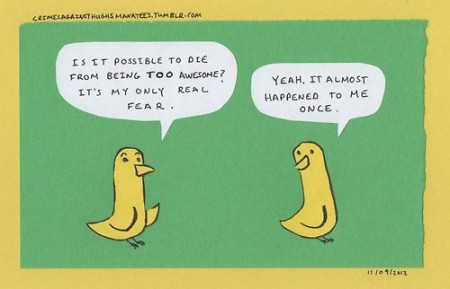






 Famous Hanging Coffin Sites :
Famous Hanging Coffin Sites :